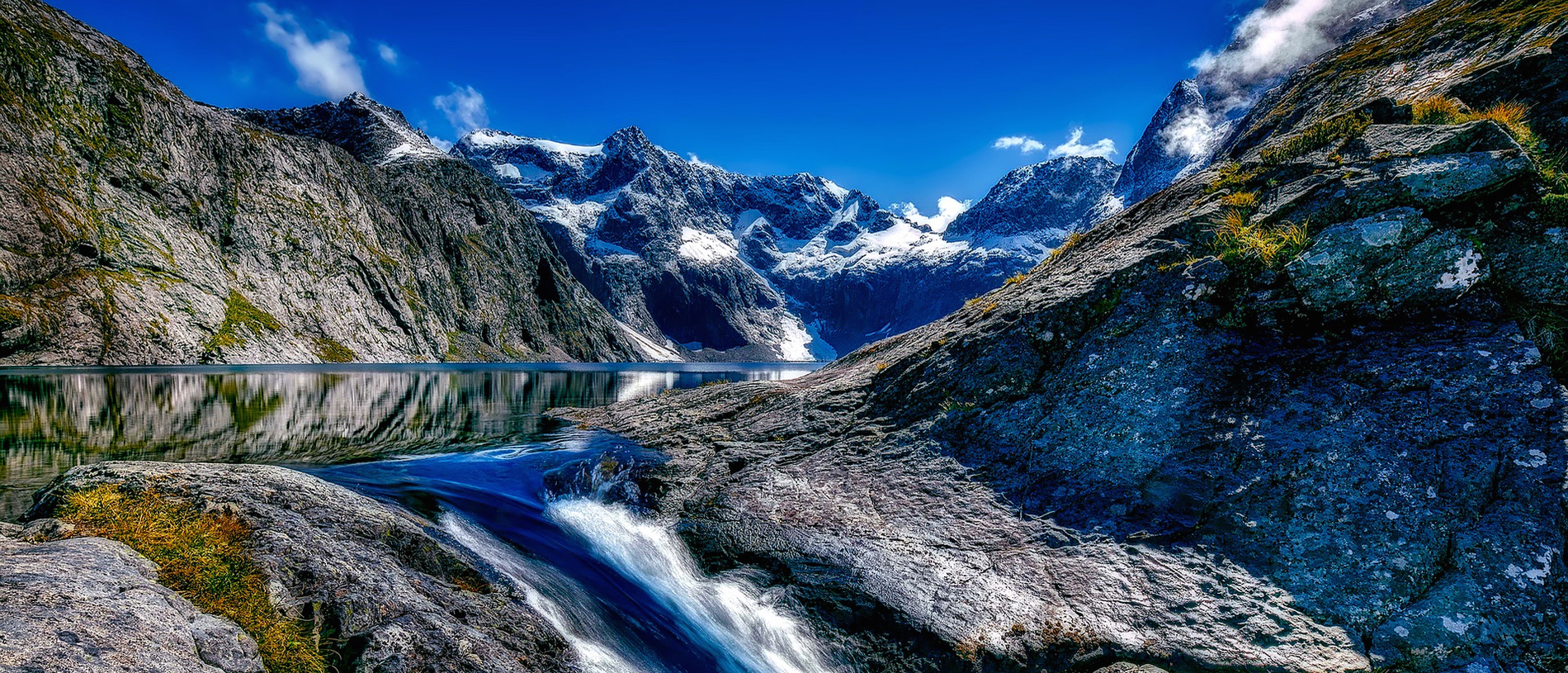
Fiordland National Park: the eighth wonder
Fiordland National Park is home to what many consider New Zealand’s most stunning natural attraction – the breathtaking Milford Sound, also known as the eighth wonder of the world.

The Kepler Track near Te Anau showcases vast tussock-covered ridgelines and spectacular alpine vistas, contrasting peaceful lakeside and valley beech forest in this must-do wilderness adventure.
Opened in 1988, the track was carefully planned to show walkers all the best features of Fiordland – moss-draped beech forest, prolific bird life, tussock high country, huge mountain ranges, cascading waterfalls, vast glacier-carved valleys, luxuriant river flats and limestone formations. The Kepler was opened as part of the Fiordland National Park Centennial celebrations and designed to ease the strain on the popular Milford and Routeburn tracks. It takes its name from the Kepler Range, which in turn was named after seventeenth-century German astronomer Johannes Kepler.
Rākaihautū, the legendary leader of the waka Uruao, is said to have named the great lakes in this area while exploring the interior of the South Island. During a period of wet weather, his party found a large and beautiful lake.
They named this first lake Te Ana Au, meaning cave of rain, and just south of it another lake, which Rākaihautū named Roto Ua, the lake where rain is constant.
Today we know Roto Ua as Lake Manapōuri. The Kepler is situated between the two lakes. The Kepler Track is a 60km loop and takes three to four days. There are enjoyable side trips from the track, and also a number of day walks for those not wanting to do the full track.
Tussockland is a spectacular feature of the alpine areas of the Kepler Track, providing a flowing foreground to the expansive views. Elsewhere the track passes through beech and podocarp forest, and through a large wetland.
Students from Fiordland’s five schools are helping restore the unique environment of the Kepler Track and bring back its birdsong, in the award-winning community conservation project Kids Restore the Kepler. Among the species you are likely to encounter along the track are the cheeky kea – the world’s only alpine parrot – and the New Zealand falcon or kārearea, one of New Zealand’s most spectacular birds.
Other highlights of the trail include the fascinating Luxmore Caves, a ten-minute walk from Luxmore Hut, and the isolated Iris Burn Falls, perfect for a refreshing dip after the day’s walk.